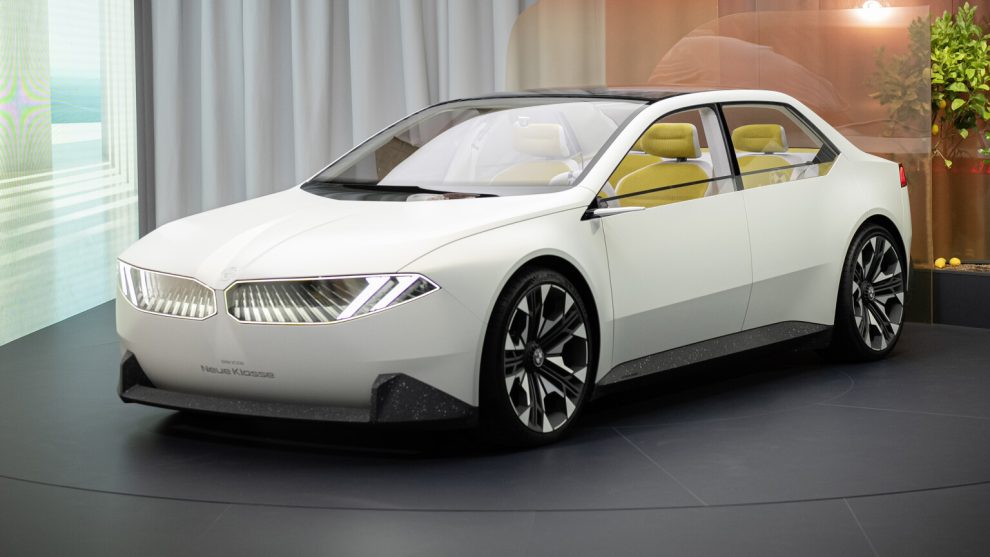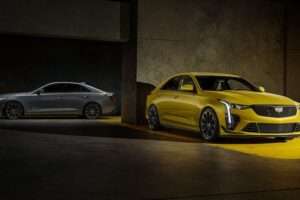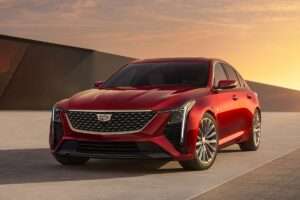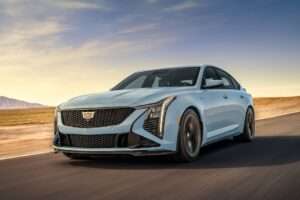For over a century, BMW has established itself as a leader in performance and luxury motoring. Their iconic gasoline-powered vehicles have captured the hearts of enthusiasts worldwide. However, with the tide turning towards electric mobility, BMW has been at the forefront of the transition, pioneering electric vehicles (EVs) that offer a glimpse into the future of the brand. While initially met with skepticism, these early BMW EVs are now poised to become future classics, cherished not just for their innovative technology but also for their unique place in automotive history.
Breaking the Mold: The i3 – A Bold Departure

In 2013, BMW unveiled the i3, a revolutionary electric hatchback that marked a significant departure from their traditional designs. Here’s what made the i3 such a groundbreaking vehicle:
- Futuristic Design: The i3’s design language was unlike anything BMW had ever produced. Its bold lines, asymmetrical doors, and extensive use of carbon fiber created a futuristic aesthetic that still feels fresh today. This design dared to be different, signifying a new era for BMW.
- Lightweight Construction: The i3’s LifeDrive architecture utilized a carbon fiber reinforced plastic (CFRP) passenger cell mated to an aluminum chassis. This groundbreaking approach resulted in a lightweight yet incredibly strong body, maximizing efficiency and range.
- Sustainable Focus: Beyond just electric power, the i3 embodied a commitment to sustainability. The use of recycled materials throughout the car and its focus on responsible manufacturing practices resonated with environmentally conscious buyers.
The i3 may not have had the acceleration or range of some modern EVs, but its innovative spirit and unique design set a precedent for future BMW electric vehicles. It challenged traditional perceptions of what a BMW should be, paving the way for a new generation of electric luxury cars.
Beyond the Hatchback: The i8 Plug-in Hybrid

Following the i3’s debut, BMW introduced the i8, a plug-in hybrid sports car that further solidified the brand’s commitment to electrification. Here’s why the i8 is a potential future classic:
- Head-Turning Design: The i8’s design was as audacious as its performance. The low-slung silhouette, butterfly doors, and futuristic lighting elements created a car that looked like it belonged in a science fiction movie. This design continues to turn heads and spark conversations, making the i8 a truly unique offering.
- Thrilling Performance: The i8 combined a powerful electric motor with a gasoline engine, offering both exhilarating performance and the ability to drive in pure electric mode for short distances. This blend of power and efficiency was a glimpse into the future of high-performance vehicles.
- Technological Showcase: The i8 served as a platform for showcasing BMW’s latest advancements in electric and hybrid technology. Features like regenerative braking and a driver-focused cockpit with a digital instrument cluster demonstrated the brand’s commitment to innovation.
The i8 wasn’t just a car; it was a statement of intent from BMW. It proved that electrification could coexist with exhilarating performance and luxury, paving the way for a new generation of high-performance hybrids and EVs from the Bavarian automaker.
A Legacy of Innovation: Why These Early EVs Will Be Prized
The i3 and i8, despite being early electric offerings from BMW, hold a special place in the brand’s history and are well on their way to becoming future classics. Here’s why:
- Pioneering Spirit: These vehicles represent a significant turning point for BMW, showcasing their willingness to embrace new technologies and challenge the status quo. They were the seeds of electrification that have blossomed into a wider range of electric vehicles offered by BMW today.
- Collectible Rarity: The limited production numbers of the i3 and i8, particularly in their early iterations, will likely make them highly sought-after by collectors in the future. As electric vehicles become mainstream, these early models will represent a unique chapter in automotive history.
- Investment Potential: The combination of historical significance, limited production numbers, and the growing popularity of classic EVs makes the i3 and i8 potential investment opportunities. Well-maintained examples could fetch significant sums in the future collector car market.
The i3 and i8 may not be the fastest or most feature-rich electric vehicles on the market today. However, their historical significance, innovative design, and role in ushering in a new era for BMW make them strong contenders for future classic status. As the electric revolution continues to unfold, these early models will serve as a reminder of BMW’s pioneering spirit and their dedication to creating sustainable and thrilling driving experiences.
















Add Comment